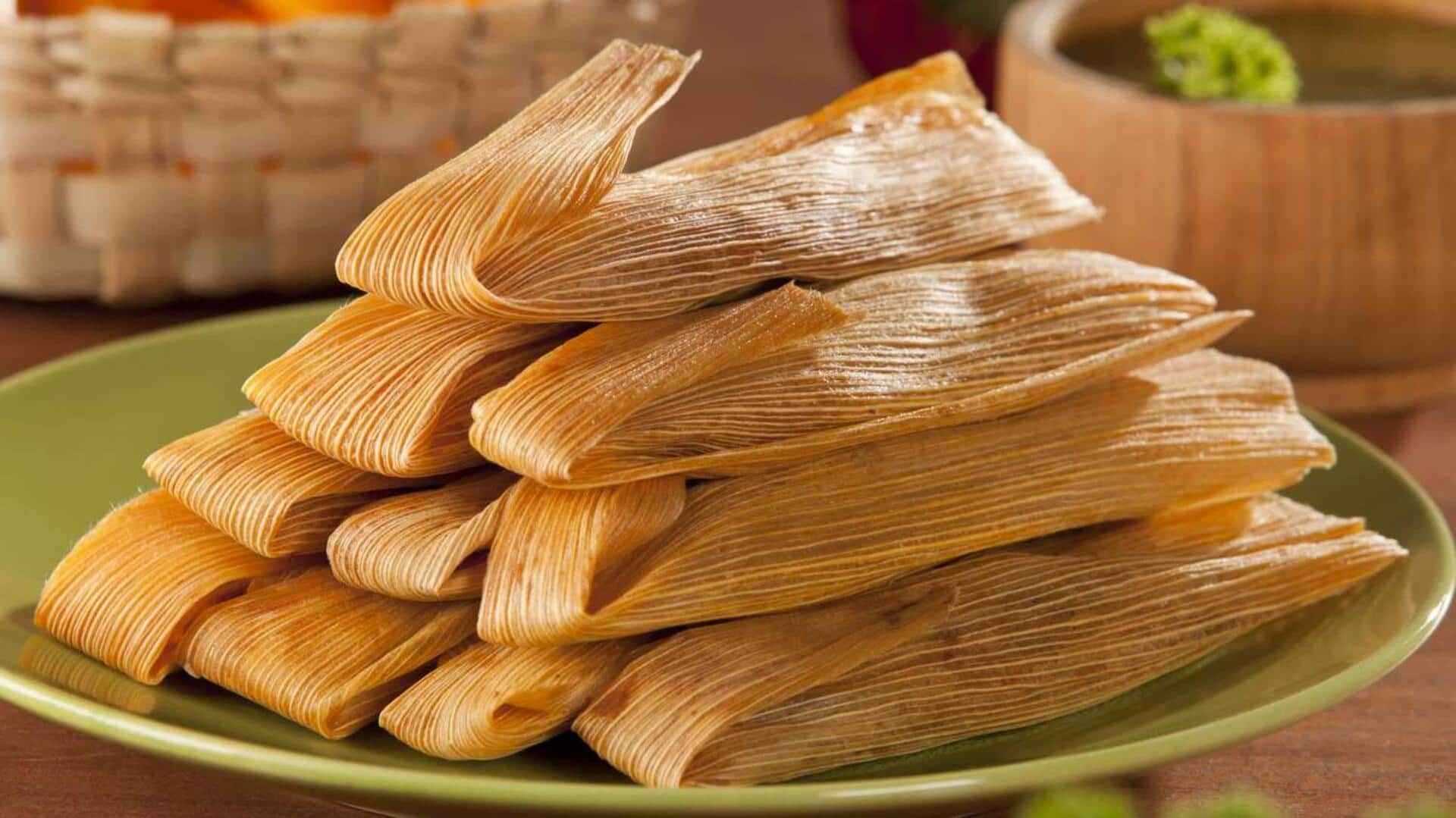
Tamale's journey: Evolution, techniques, and variations
What's the story
Tamales boast a rich history dating back to the Aztec civilization. Initially, they were prepared using corn husks and stuffed with a variety of fillings. The Aztecs prepared tamales as portable food for their armies, making them an essential part of their culture. Over the years, tamales have evolved in preparation and stuffing, reflecting the diverse cultures that have adopted them. Today, they're enjoyed globally in different forms and flavors.
Ingredients
Evolution of ingredients
Another transformation has been with the ingredients in the tamale. While they were originally stuffed with plain vegetables or beans, modern-day tamales come with an array of fillings such as cheese and vegetables. This evolution signifies the cultural exchanges as well as adapting to local tastes in different parts of the world.
Techniques
Cooking techniques through ages
Traditionally, tamales were steamed in corn husks over open fires, reflecting ancient culinary traditions. However, with technological advancements, cooking techniques have evolved too. Modern kitchens often employ the use of steamers or pressure cookers, which not only improve efficiency but also retain the traditional taste and texture of tamales. This marriage of old and new practices guarantees the everlasting appeal of this beloved dish, keeping its cultural significance alive over generations.
Variations
Regional variations across borders
Tamales are vastly different across regions. In some places, banana leaves are used in place of corn husks to wrap the tamale, depending on what is available and what tastes better. Each region also puts its own spin on it by adding local spices or ingredients in the filling.
Popularity
Modern-day popularity surge
The resurgence in tamale popularity in recent years can be attributed to food festivals and cultural events that celebrate traditional foods. These platforms have sparked a renewed interest among younger generations, eager to explore the history and preparation methods of tamales. This trend highlights a growing desire for authentic culinary experiences, bridging the gap between past and present culinary traditions.